6 Best Onboarding Strategies for Complex Applications
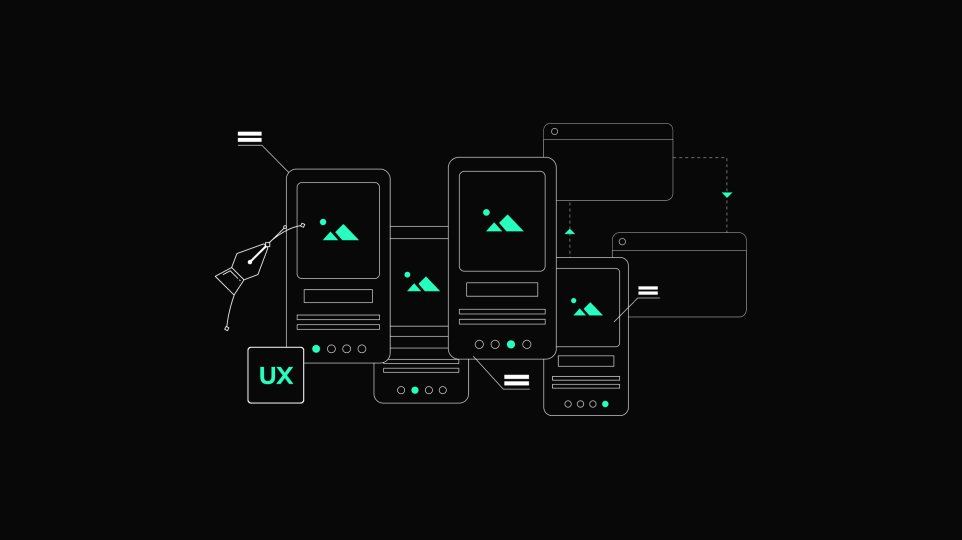
Onboarding is one of the most important aspects of User Experience, especially for complex applications. When users start using a new app, navigating it is one of the first things they need to learn. If the app is complex, this can be quite challenging. Effective onboarding strategies can help users understand how to use applications more efficiently. In this article, we will discuss some effective onboarding strategies for such situations. These strategies can help UX designers, and even entire product teams, improve the user experience, particularly in challenging digital environments.
Progressive Disclosure
Progressive disclosure is a strategy where information is presented to users gradually. Simply put, you do not show everything at once. This approach helps prevent users from feeling overwhelmed. When they first open a complex application, they are shown only the most essential features. Additional features and information are gradually introduced as they continue to use the application. This makes it easier for users to learn how to use the app.
For example, imagine a picture editing app. When users open it for the first time, they are presented with only basic tools, such as crop and rotate. After they use these tools a few times, more advanced tools like filters and layers become available. This way, users can learn step by step without feeling overwhelmed.
Progressive disclosure can be implemented in several ways. One method is to use tooltips and popups that explain what a particular feature or button does. Another method is to offer a dedicated tutorial mode where users can try out features with guidance. This helps them learn by doing.
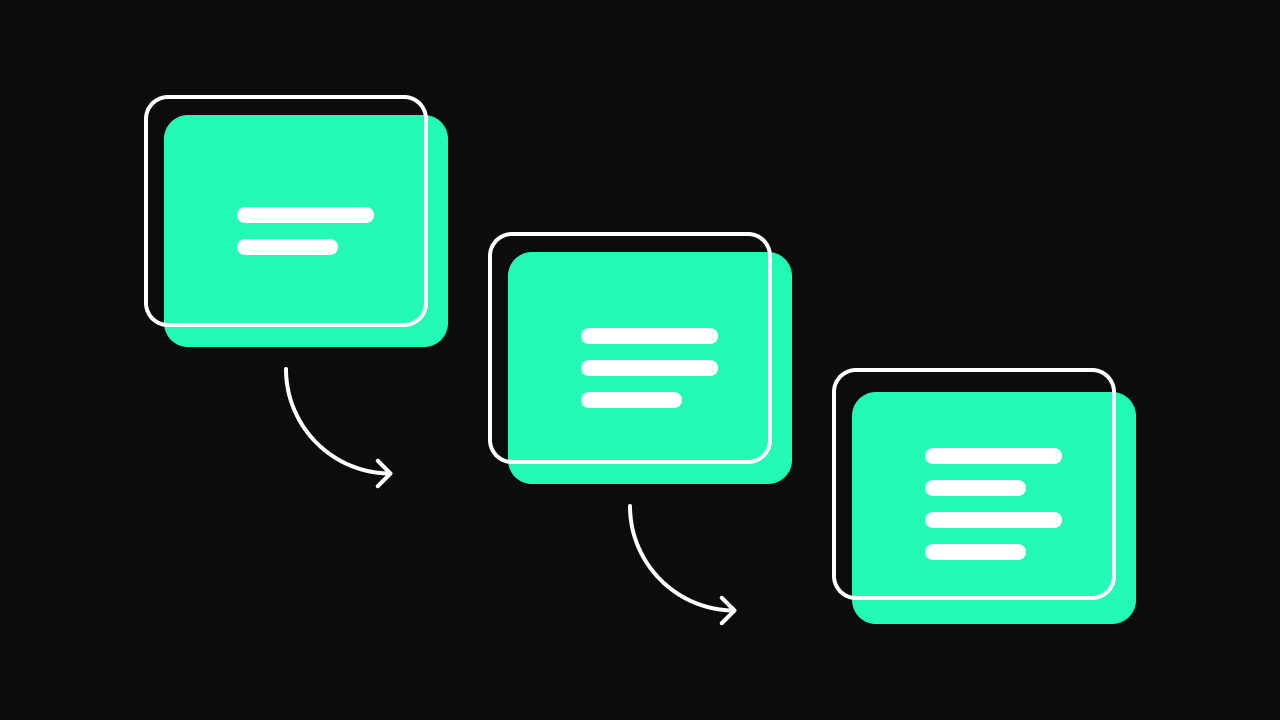
Personalized Experiences
Personalized experiences are another effective strategy for onboarding. This approach involves adapting the application to suit each user. Different users have different needs and skills; some are beginners, while others are experts. Personalized experiences can help each user get the most out of the application.
One way to create personalized experiences is to ask users about their expertise and requirements when they first start using the application. For example, you can ask them upfront whether they are beginners or experts in a certain field or industry. Based on their answers, you can tailor the tutorials and features shown to them. Beginners can be guided through basic tutorials, while experts can be provided with advanced tutorials. This helps users learn at their own pace—it's that simple.
Another way to create personalized experiences is to use machine learning. The application can learn how users interact with it and adapt its interface accordingly. For example, if a user frequently uses a particular feature, the application can make this feature easier to access. Conversely, if a user never uses a certain feature, the app can hide it. This way, users see only what they need, making the overall experience feel simpler and more intuitive.
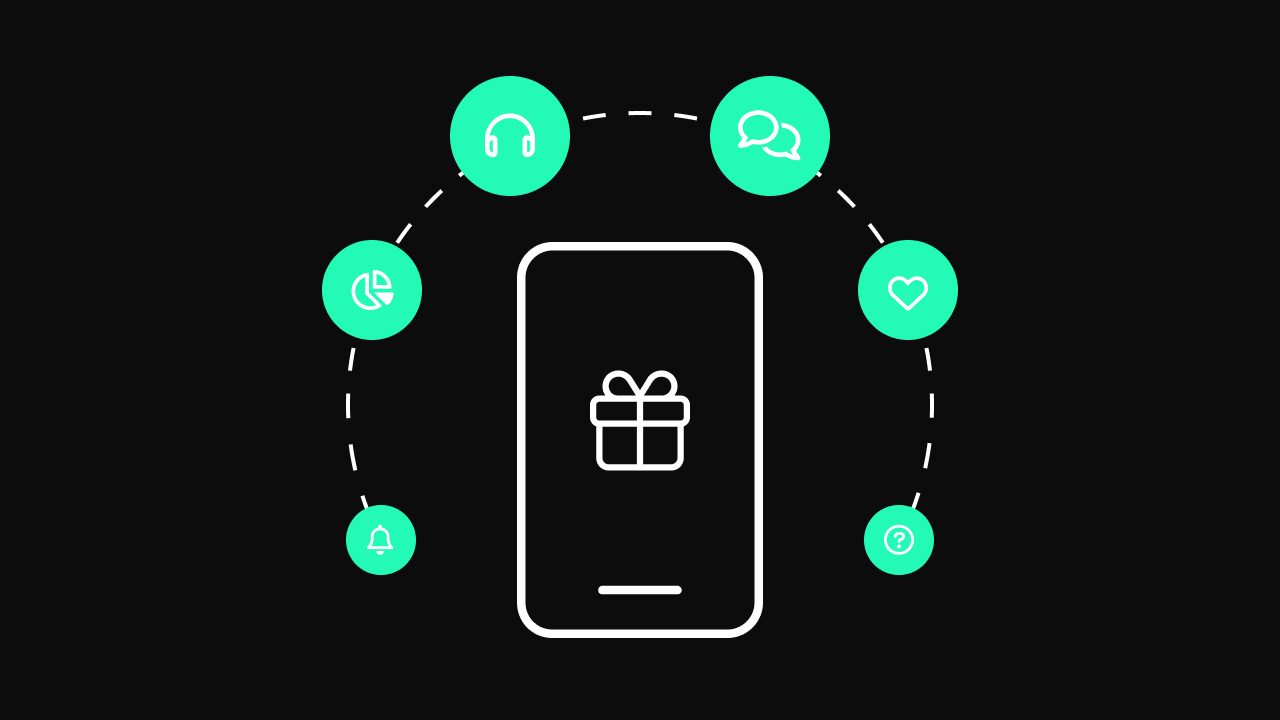
Interactive Tutorials
Interactive tutorials are highly effective. Unlike static tutorials or manuals, interactive tutorials engage users by allowing them to perform tasks directly within the application. This hands-on approach helps users learn quickly and effectively.
For example, an interactive tutorial for a project management tool might guide users through creating their first project, adding tasks, and setting deadlines. As users follow the tutorial and complete these small actions themselves, they are more likely to remember how to perform these tasks in the future.
Interactive tutorials can also adapt to users' progress. If a user struggles with a particular step, the tutorial can provide additional guidance. This ensures that users do not get stuck and can continue learning at their own pace.

Gamification
Gamification is a strategy that incorporates gaming elements to make onboarding more engaging. These elements can include points, levels, or rewards. Gamification can motivate users to complete the onboarding process and explore all the application features.
For example, a fitness app might use gamification to encourage users to complete their profile, set goals, and start their first workout. Users can earn badges for completing these tasks, making the onboarding process more enjoyable and motivating them to continue using the app.
Gamification can also create a sense of achievement and progress. When users feel rewarded for their efforts, it can increase their satisfaction and engagement with the application.
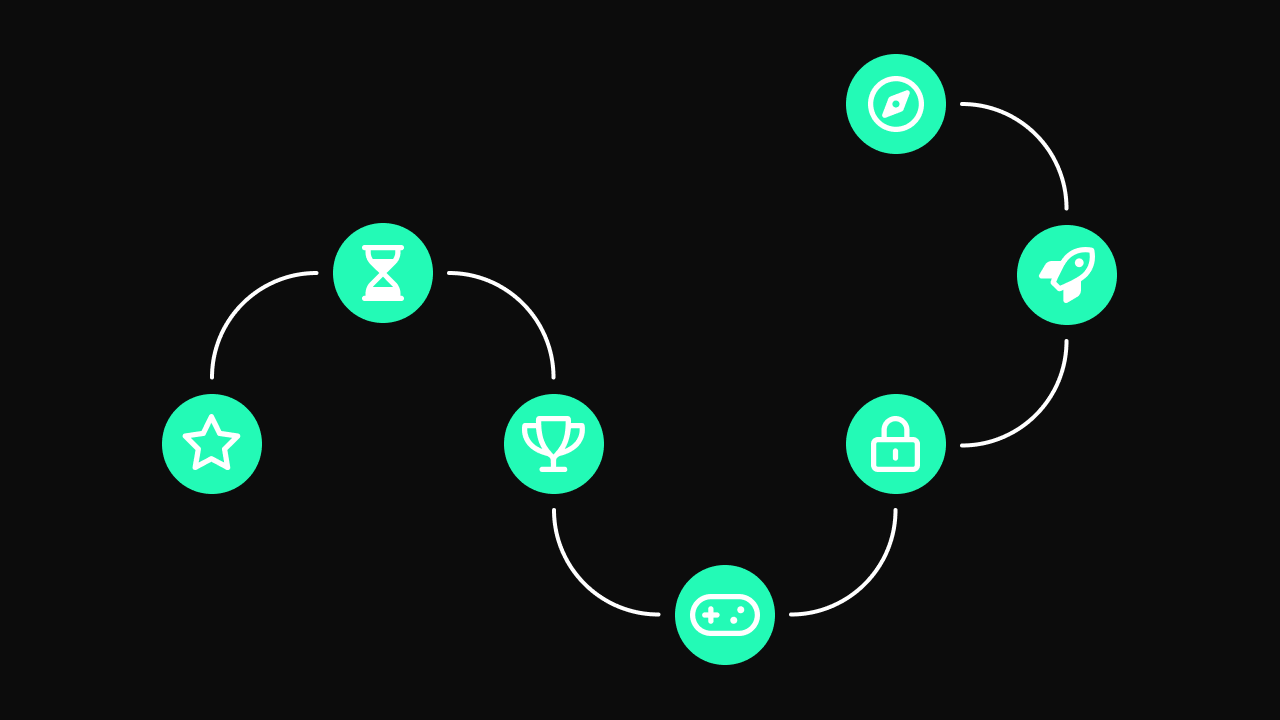
User Feedback
User feedback is a crucial component of improving the onboarding process for complex applications. By collecting and analyzing feedback, you can identify what works well and what needs improvement. This can help you make the onboarding process more effective and user-friendly.
One way to collect user feedback is through surveys. After users complete the onboarding process, you can ask them about their experience with questions like, "Was the onboarding process helpful?" or "What do you think could be improved?" This feedback provides valuable insights into how users perceive the onboarding process.
Another way to collect feedback is through analytics. By analyzing how users interact with the onboarding, you can identify where they might be struggling. For example, if many users quit at a certain step, it could indicate that the step is too difficult or confusing. You can then iterate and make changes to improve that part of the process.

Post-Onboarding Support
Onboarding doesn't end after the first time users interact with your app. Users may need assistance later on as well. Post-onboarding support involves providing help and resources even after the initial onboarding process is complete.
One way to offer post-onboarding support is by providing a help center. A help center can include articles and videos that explain how to use the application. Users can search for help whenever they need it, allowing them to find answers to their questions at any time.
Another way to provide post-onboarding support is through a community forum. In such a forum, users can ask questions and help each other. This can be very beneficial, as users can share their experiences and tips. It also allows the product team to see what users are struggling with, which can inform future improvements to the application.
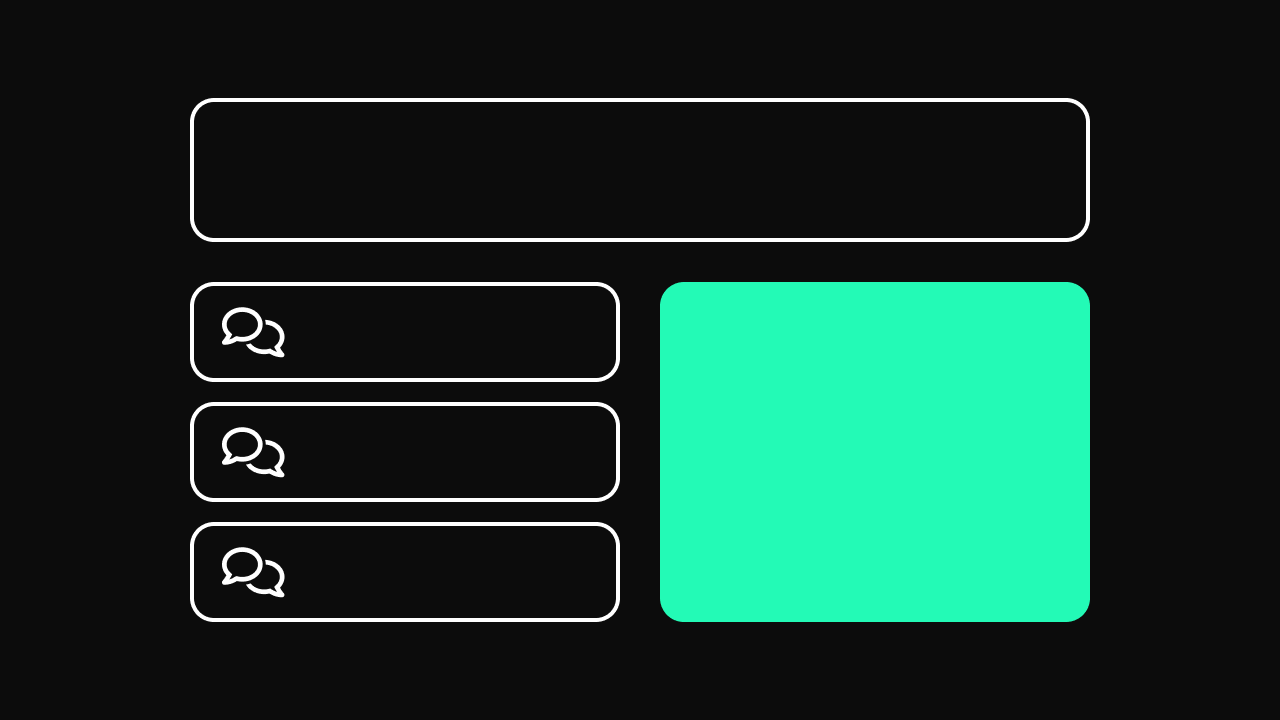
Combining Strategies
The best results are achieved when you combine all the above-mentioned strategies. By integrating these approaches, you can create a smooth and effective onboarding process.
For example, you can start with progressive disclosure to introduce users to basic features step by step. Then, incorporate personalized experiences to tailor the process to each user's needs and skills. Interactive tutorials can offer hands-on learning, while gamification adds an element of fun and engagement. Post-onboarding support ensures that users can access help whenever they need it, and user feedback allows you to continuously refine and improve the process. This comprehensive approach enables users to learn and use the application more easily and effectively.
Conclusion
Onboarding is crucial for complex applications. Effective onboarding strategies help users understand and use the application more efficiently. Progressive disclosure introduces information to users step by step. Personalized experiences adapt to each user's needs. Interactive tutorials offer hands-on learning. Gamification makes the process enjoyable and engaging. User feedback allows for continuous improvement. Post-onboarding support ensures that users receive help even after the initial onboarding process. By combining these strategies, you can create the smoothest and most effective onboarding process, helping UX designers and product teams enhance the user experience in challenging digital environments.
Kontaktujte nás:
Vyplňte formulár alebo nám pošlite e-mail. V prípade, že sa bojíte o svoj nápad, pošleme vám dohodu o mlčanlivosti a ochrane dôverných informácií a váš nápad bude v bezpečí.



